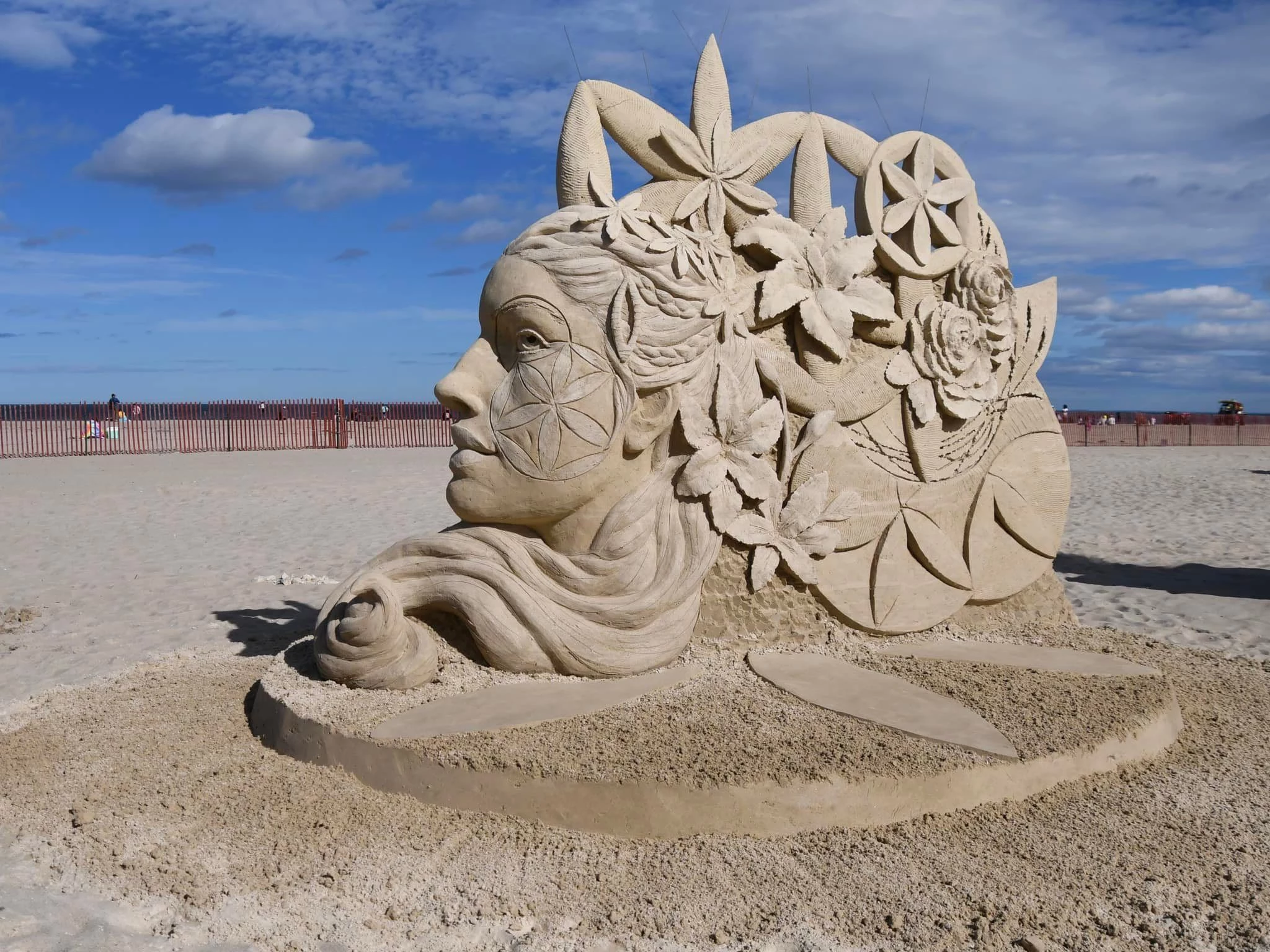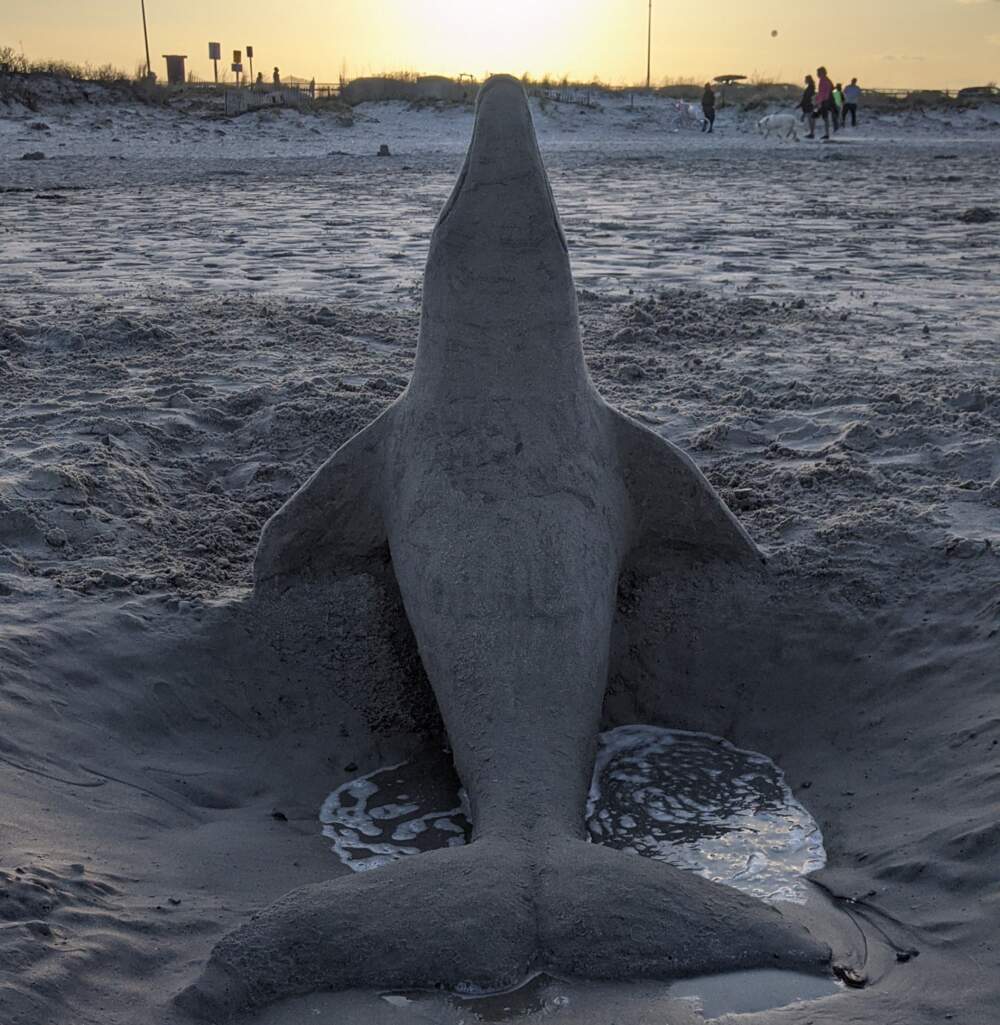The beach is often viewed as a serene getaway, an escape from the hustle and bustle of everyday life. However, it can also be a canvas for artistic expression. Beach sculptures, primarily made from sand, shells, and found objects, have become increasingly popular, transforming coastal landscapes into sites of creativity. This article delves into the various aspects of beach sculptures, providing insights into their cultural importance, techniques employed, local experiences, and more.
Understanding Beach Sculptures
Beach sculptures typically encompass a variety of artistic forms created using natural materials found at the beach. These creations range from simple sandcastles to intricate designs that reflect the artist’s vision. Beach art serves not only as a medium of self-expression but also as a means of engaging with the natural environment.
Cultural Significance of Beach Sculptures
Beach sculptures hold significant cultural weight in many coastal communities across the USA and beyond. They often serve as reflections of local traditions, seasonal celebrations, and community collaboration.

Local Festivals and Events
Many beaches in the United States host annual sand sculpture competitions that attract artists and audiences from various regions. These events celebrate creativity and foster community spirit.

- SandFest (Texas): This festival showcases impressive sand sculptures and includes workshops and live music.
- Siesta Key Crystal Classic (Florida): Attracting top artists, the festival features breathtaking sculptures and is accompanied by a variety of local food and entertainment.
- Cannon Beach Sandcastle Contest (Oregon): A family-friendly event that encourages participation from all ages, focusing on creative expression and fun.
Techniques Used in Beach Sculptures

Basic Techniques
Creating beach sculptures may seem straightforward, yet it requires skill and technique. Here are some key methods artists employ:

- Wet Sand Method: This involves mixing sand with water to create a cohesive structure. The moisture helps maintain the shape and allows for finer detailing.
- Layering Technique: Artists build sculptures layer by layer, packing sand tightly to form a sturdy base that can support additional details.
- Carving Technique: Tools such as buckets, shovels, and specialized sculpting instruments are used to carve and detail the sculpture once the initial form is established.
Advanced Techniques

For those interested in more complex structures, advanced techniques include:
- Armature Structures: Some artists construct a frame using sticks or wire to support heavier designs.
- Mixed Media: Incorporating shells, driftwood, and even recycled materials adds depth and character to sand sculptures.

Popular Tools and Platforms for Beach Sculptures
There are a variety of tools and platforms available to aspiring beach sculptors. Here’s a comparison of some essential tools:

| Tool | Purpose | Pros | Cons |
|---|---|---|---|
| Sculpting Trowel | Shaping and smoothing | Versatile; lightweight | Can wear out quickly |
| Buckets | Carrying materials; water | Essential; durable | Can be cumbersome when full |
| Sand Sculpting Tools | Detailing | Provides precision | May be expensive |
Pros and Cons of Beach Sculptures

Like any form of art, beach sculptures come with their own set of benefits and challenges.
Pros
- Environmental Engagement: Artists use natural materials, promoting sustainability.
- Cultural Expression: Each sculpture reflects the artist’s heritage and personal experiences.
- Community Building: Events and competitions foster teamwork and community spirit.
Cons
- Weather Dependency: Sculptures are susceptible to weather conditions, such as rain or wind.
- Ephemeral Nature: Many sculptures last only for a short period, which can be disheartening for artists.
- Resource Access: Not all beaches provide the ideal sand or materials for sculpting.
Local Experiences: Sculptures at the Beach
Engaging with beach sculptures provides a range of memorable experiences. Whether you’re an artist or an admirer, the beach serves as a communal space for creativity.
Participating in Workshops
Many communities offer workshops that teach the fundamentals of sand sculpting. These events encourage participation from individuals of all ages and skill levels, fostering an inclusive atmosphere.
Observing Master Artists
Attending beach sculpture competitions not only allows you to witness incredible art, but also provides opportunities for learning from master sculptors, who often share insights and techniques.
Getting Involved: How to Make Your Own Beach Sculpture
If you’re inspired to create your own beach sculpture, here are some steps and tips to help kickstart your artistic journey.
Step-by-Step Guide to Creating Beach Sculptures
- Gather Materials: Collect wet sand, water, and any tools you might need.
- Create a Base: Build a sturdy foundation by packing sand tightly.
- Build Up Layers: Add more sand, creating layers to shape your design.
- Carve Details: Use tools to carve finer details and textures.
- Finishing Touches: Spray with water to help hold the shape and add final details.
Tips for Successful Beach Sculpting
- Choose a beach with fine, wet sand for easier sculpting.
- Work quickly, especially if the tide is coming in.
- Don’t be afraid to experiment with different designs and materials.
- Engage with fellow beachgoers; collaboration can lead to creative ideas.
Frequently Asked Questions (FAQs)
What materials are best for beach sculptures?
Fine, moist sand works best for building structures, while shells and driftwood can be used for decorative elements.
How long do sand sculptures typically last?
The lifespan of a sand sculpture is often short-lived, typically lasting a few days to a week, depending on weather conditions.
Are there professional sand sculptors?
Yes, many professional artists specialize in sand sculpture and participate in competitions and exhibitions.
Can I make a beach sculpture without any experience?
Absolutely! Beach sculpting is accessible to everyone, and workshops often provide beginner-friendly instruction.
Conclusion
Sculptures made at the beach are not just art; they are a celebration of creativity, community, and the beauty of nature. Whether you’re an experienced sculptor or a curious newcomer, the world of beach art offers something for everyone. From local festivals and workshops to individual creativity, beach sculptures continue to inspire and engage coastal communities across the USA.
References
For further reading and reference on beach sculptures and their cultural significance, consider these sources: